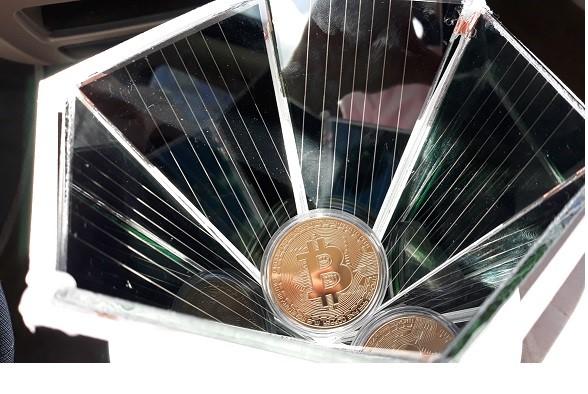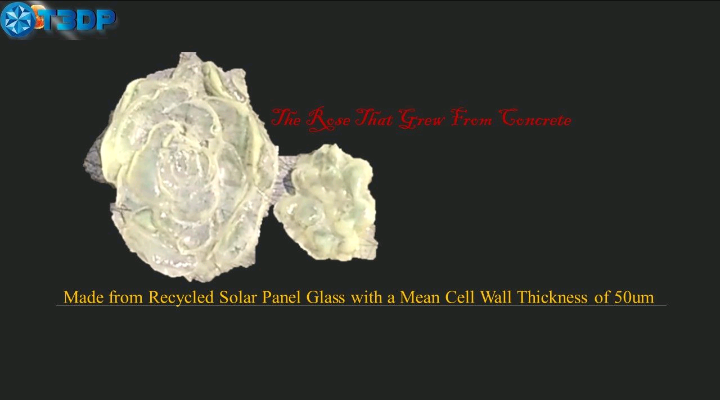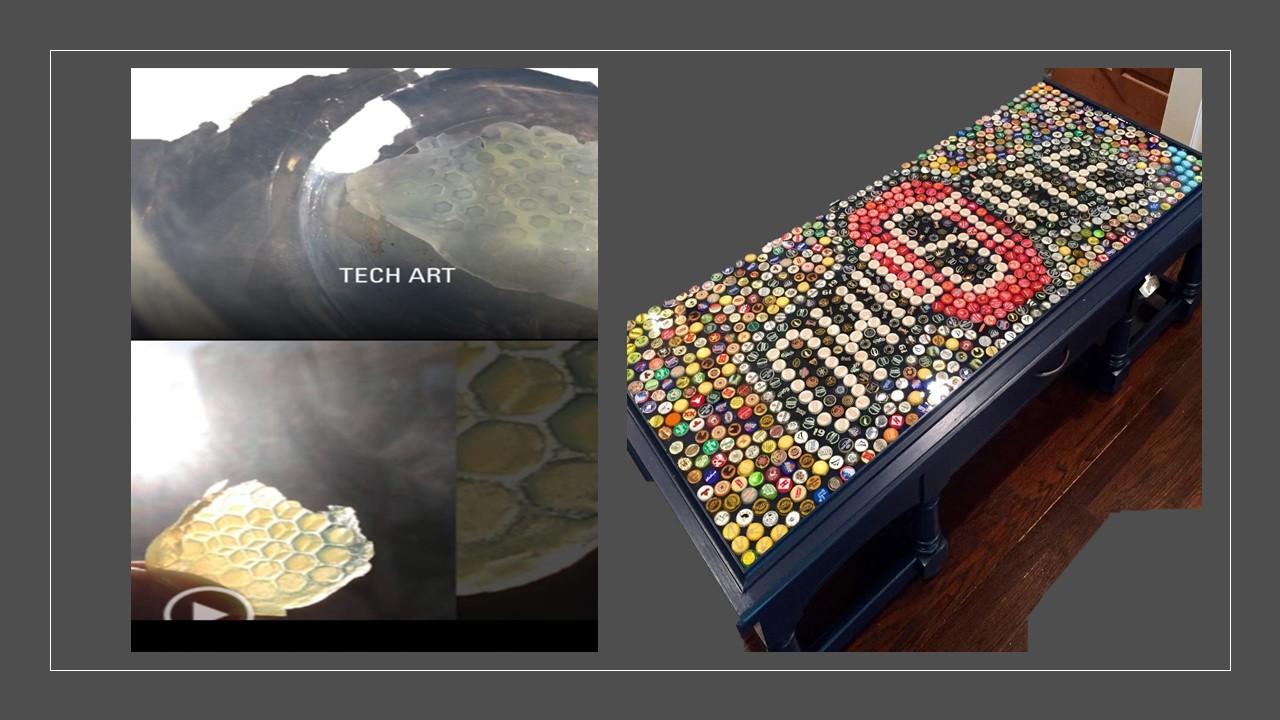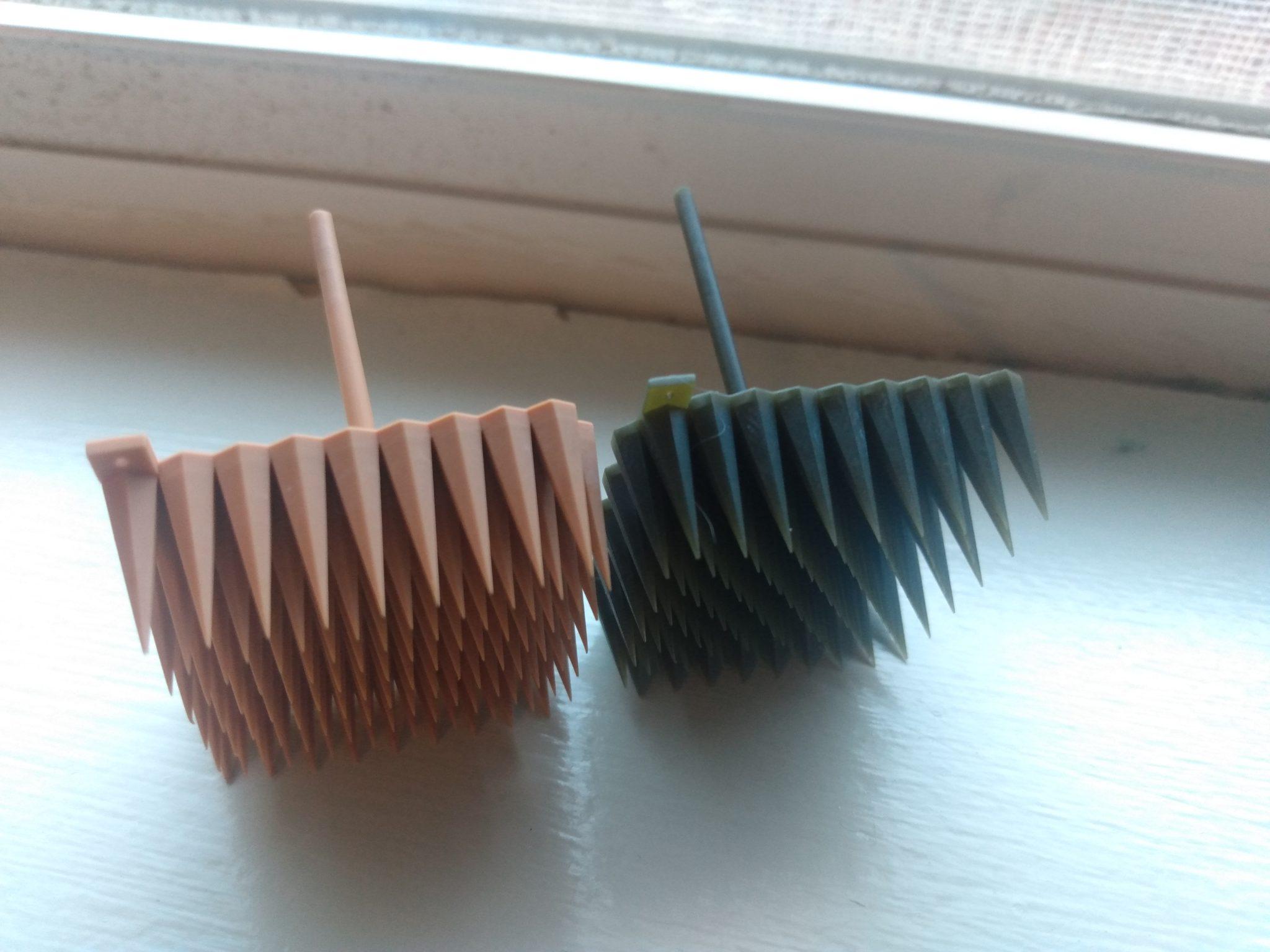China3D printingNet on February 21st,3D printingThe industry interview series looks at low-carbon power generation as well as 3D printing and renewable energy, continuing an in-depth look at the application of solar additive manufacturing.
“3D printing has the potential to revolutionize the solar industry,” says Daniel Clark. The entrepreneur holds multiple patents in solar energy and 3D printing and is the founder of solar energy company T3DP.
I spoke with Clark about the progress that additive manufacturing has made in the development of next-generation photovoltaics, and the technology’s potential to usher in a new era of solar energy.
According to BP’s latest Statistical Review of World Energy, solar recorded its largest-ever growth in 2020 and, along with wind, accounted for more than 90% of the overall renewable energy sector’s full-year growth. This growth is also reflected in the rising market value of the industry, with the global solar market expected to be worth $422 billion in 2022, up from $86 billion in 2015.

The hexagonal part of the larger solar panel of the T3DP. Image from T3DP.
The sun rises on solar 3D printing
Solar remains the third-largest renewable electricity technology after hydro and onshore wind, with a record 23% increase in electricity generation in 2020 compared to 2019.
While the benefits of the technology include helping people save money and achieve energy independence, there are caveats, such as high up-front costs, large space requirements, and the environmental impact of manufacturing photovoltaic panels. In fact, it takes 130 liters of oil to produce a single silicon solar panel, and an estimated 78 million tons of toxic solar panel waste will end up in landfills by 2050.
A few years ago, driven by various solar innovation competitions launched by agencies such as the U.S. Department of Energy, the field of additive manufacturing developed a flurry of activity around 3D printing more efficient, low-cost photovoltaics. However, the space appears to have slowed down since then.
More recently, though, activity in this area appears to have been on the back burner, with the Chemistry of Thin Film Materials (CTFM) laboratory at the University of Erlangen in Germany announcing that the European Research Council (ERC) has funded rapid prototyping of solar cells using its ALM technology. The lab hopes to bring solar cells to market with the help of Formnext Start-up Challenge 2021 winner ATLANT 3D Nanosystems, developer of atomic layer 3D printers.
One company that has been very active in this space is Clark-founded California startup T3DP, which has been applying its patented volumetric 3D printing technology to create perovskite-based solar panels since 2019.
3D printing inspired by nature
Taking inspiration from the honeycomb structure of insect eyes, T3DP has designed a new type of solar cell that can capture three times the energy at half the cost of conventional silicon-based cells. The process also allows near-carbon-neutral miniature solar cells to be made by reusing the glass of discarded solar panels.
“Volume 3D printing has the potential to revolutionize the solar industry by increasing the power output two to three times that of flat silicon panels,” Clark said. “A typical flat-panel solar panel can produce 200 watts per square meter, and our design can reach 400-600 watts in the same area.”
Volumetric 3D printing is a process that overcomes the low throughput, geometric limitations, structural imperfections, and scaling issues associated with additive manufacturing by curing objects in one step rather than layer by layer.
Working with the team of Alexander Lippert, associate professor of chemistry at Southern Methodist University (SMU), Clark developed and commercialized a unique volumetric 3D printer, called the 3D Light PAD, designed for the 3D printing of a variety of complex components for Manufacturing of solar cells.
The printer creates high-resolution 3D components by using photo-switchable photoinitiators to direct polymerization to operate only at the intersection of two different wavelengths of light. T3DP has entered into a strategic partnership with AsterTech, which, together with the Air Force Research Laboratory (AFRL), has developed an aerosol jet-assisted perovskite deposition method for use on complex surfaces produced by SMU and Clark using its 3D Light Manufacture of high quality solar cell PAD printers.

Part made from recycled solar panel glass with flexible walls 50 microns thick. Image via Daniel Clark.
Clark’s stereoscopic 3D printing patent was granted last year after a four-year filing process, and the IP is now used by stereoscopic 3D printing startup xolo.While Clark doesn’t yet have a real-world application scenario to talk about publicly due to the non-disclosure agreement (NDA) with xolo, he said: “While volumetric 3D printing is great, it’s still two to three years away.” We’ll see any major mainstream applications before. However, this printer is a beachhead for my new Subzero molding and embossing technology that scales up the manufacture of our tiny 3D solar cell substrates with recycled solar panel glass scale.“We have a continuation of several patents including a new true volume display of solid light from LIGHTFIELD LABS.”Lightfield Labs, which is developing next-generation holographic display technology and has backing from companies such as multinational technology company Bosch, said Clark would be interested in the LightPAD 3D printer and its future pending patents.

Clark’s plan is to make 3D solar glass substrates, turn them into 3D solar cells, and then connect them and encapsulate them in 3D solar modules, similar to the beer cover table pictured here. Image via Clark.
Scaling up solar energy with next-generation advanced manufacturing
Clark’s Sub Zero manufacturing technology is designed to mass produce flexible optically smooth solar cell substrates using recycled solar panel glass that requires no post-processing or polishing. The process involves mixing shredded recycled glass with Glassomer UV-curable resin and Tethon 3D Genesis Development Resin, and “stamping” the material into the shape of a 3D spiked pyramid printed with ultra-small micro LEDs.according toChina 3D Printing NetworkKnowing that the technology is “thousands of times faster” than 3D printing alone, Clark believes the technology can also be effectively applied to the semiconductor industry to improve its green footprint.Regarding the current state of the solar power sector, Clark said: “The current silicon solar industry is dominated and controlled by China. Last October, the price of silicon rose by 300% in 7-8 weeks. As this trend continues upward, I see to the Western world for a chance to rekindle a quenched flame through advanced manufacturing of unforgeably beautiful solar energy.“I foresee that our advanced one-step volumetric 3D printing and unique SUBZERO molding process will create a synergistic dichotomy to balance the power of solar manufacturing back into the EU, US and Western world.”
Clark’s Imprint of Below-Zero Manufacturing Technology. Photo by Daniel Clark.
Clark also works for Villara Energy Systems, the developer of the VillaGrid energy storage system, which claims to provide more power, be safer and have a longer lifespan than conventional household batteries. While the company has not yet used Clark’s volumetric 3D printing technology, he said it is possible that the process could one day help manufacture batteries and solar cells at scale at the company’s battery and solar manufacturing facility in Sacramento County, California.
(responsible editor: admin)


0 Comments for “Driving the Renewable Energy Transition with 3D Printing: Solar Energy”